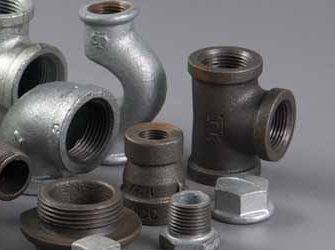Skip to content
The installation process of lined stainless steel pipe:
1. Welding
- Before welding, mechanical method and organic solvent should be used to remove oil, rust, metal scraps, oxide film and other filth within at least 20mm on both sides of weld seam and groove.
- The electrode is made of A302 (E309) stainless steel, the electrode specification is φ3.2.
- Manual electric arc welding is recommended; TIG welding can be used for welding seams with higher requirements, and A302 welding wire with the same composition as E309 is used.
- Welding procedure: welding complex material (stainless steel pipe), welding transition layer, finally welding the base material (carbon steel tube).
- Welding requirements: composite material welding surface should be as far as possible with the composite material surface to keep flat, smooth. When welding the transition layer, it is necessary to reduce the melting amount of the base metal as much as possible under the premise of ensuring a good fusion. To this end should use a smaller diameter electrode or wire, and a smaller welding wire energy. The residual height of the weld shall not be greater than 1.5mm.
- After welding cleaning: welding should be carefully cleaned after welding the surface of the welding slag, welding tumor splash and other dirt. If necessary, the weld shall be partially trimmed. Clean up after welding, should be in the substrate near the weld marked welder mark for future inspection.
2. Flange connection
- The carbon steel flange is welded on the pipe body by welding method.
- The electrode is made of stainless steel.
3. Threaded connection
- Applicable to DN ≤ 100.
- The use of pipe threads.
- When the pipe is connected with the pipe fitting, its end face should be sealed with silicone sealing ring.
4. Groove joint
- Suitable for DN125 ~ 500.
- Groove type pipe joint implementation of CJ / T 156 standard.
- The use of pipe surface end corrosion measures.




